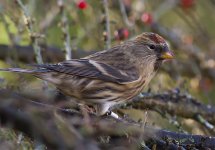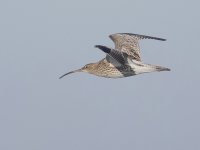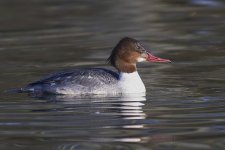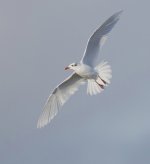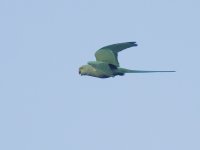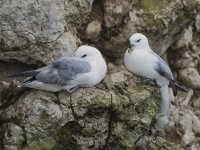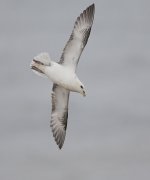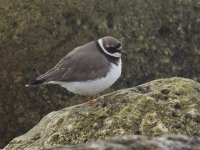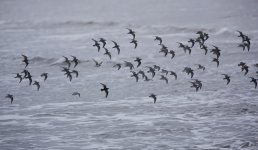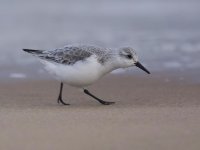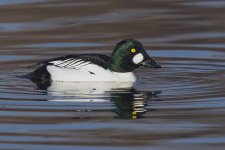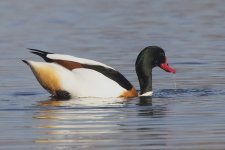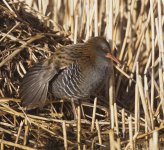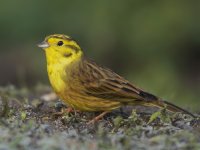June Atkinson
Well-known member
Spotted starling
There is a likeness............looking up Nutcracker in my Bird guide there are certain features - the striated spots which can confuse the issue. But I accept how rare this bird is, although it has occurred occasionally in the UK.
There is a likeness............looking up Nutcracker in my Bird guide there are certain features - the striated spots which can confuse the issue. But I accept how rare this bird is, although it has occurred occasionally in the UK.
....and is it the same as the bird you saw in your garden??




